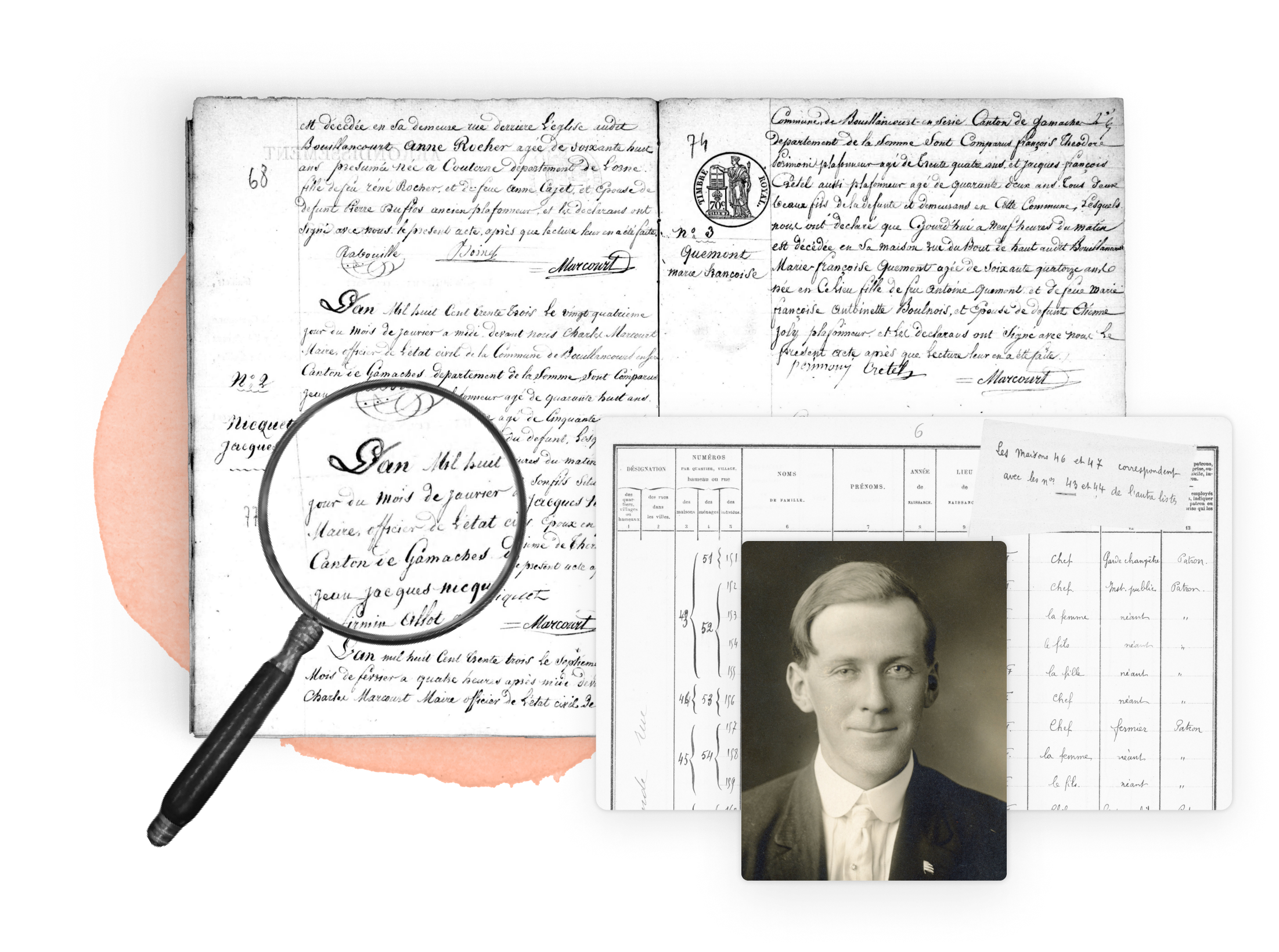
Marriage bonds are a type of marriage record. They assure that there is no legal reason why two people cannot get married. Legal reasons why a couple could not get married included that one person was currently married, that they were closely related, or that one or both were underage. If an impediment is found, the bond assures that a fine will be paid by those who sign the bond.[1]
The bond is not a marriage license and can exist along with one. Unlike similar records like marriage licenses or banns, a bond has financial implications. In all of these cases, the license, the bann, or the bond was an effort to avoid a marriage when one shouldn't occur for legal reasons.
In some cases, a bond allowed the marriage license to be issued without the reading of banns (banns were required to be read three consecutive Sundays in church to ensure the couple could legally get married).
Marriage bonds were used in England, Canada, and parts of the United States (specifically the Southern, Mid-Atlantic, and Spanish colonial Texas). The name of the groom and/or a relative of his and/or the bride's is found on marriage bonds. Money would not have been paid out at the time of the bond's issuing. Instead, money would be fined if it was found that there was a reason why the marriage could not go forward.
Research your ancestors on MyHeritage
Genealogy information that can be obtained from marriage bonds
Information found on marriage bonds can include:
- Bride's name
- Groom's name
- Date of bond
- Location
- Names of bondsman or guarantor's
This information found on a marriage bond should be used in conjunction with other marriage records, such as a marriage license or certificate, when available. Marriage bonds may not provide all the necessary information, such as a marriage date.
Researching marriage bonds
From the marriage bond alone, you cannot assume the couple got married or that the wedding occurred on the date found on the bond. Additional records need to be consulted. Also, don't assume that other marriage records, such as a marriage license or a marriage certificate, doesn't exist. Learning more about the location you are researching and the time period can help you ascertain what records might exist.
To learn more about whether marriage bonds were used in the locality and time you are researching, refer to newspapers and marriage records for that place. Marriage bonds can be found where marriage records are kept for the location you are researching. However, they are not always extant and may have been lost or destroyed over time.
Explore more about marriage bonds
- West Wales Historical Records Volumes 3,4,6 record collection at MyHeritage
- Marriage Bonds and Allegations. The National Archives (UK)
- Marriage Bonds. The National Library of Wales
- Marriage Bonds. University of Nottingham – Manuscripts and special collections
- Index to Marriage Bonds 1810-1932. Provincial Archives of New Brunswick
- Marriage Bonds 1763-1864. Government of Canada (Nova Scotia)
- Colonial Marriage Bonds, 1665-1799. State of New Jersey
- Marriage Bonds for Philadelphia County (Philadelphia), 1784-1786
- Loudoun County, Virginia Marriage and Bond Index1767-1850
References
- ↑ Back to the Basics with Marriage Records Part 1: Marriage Bonds. Family Locket


